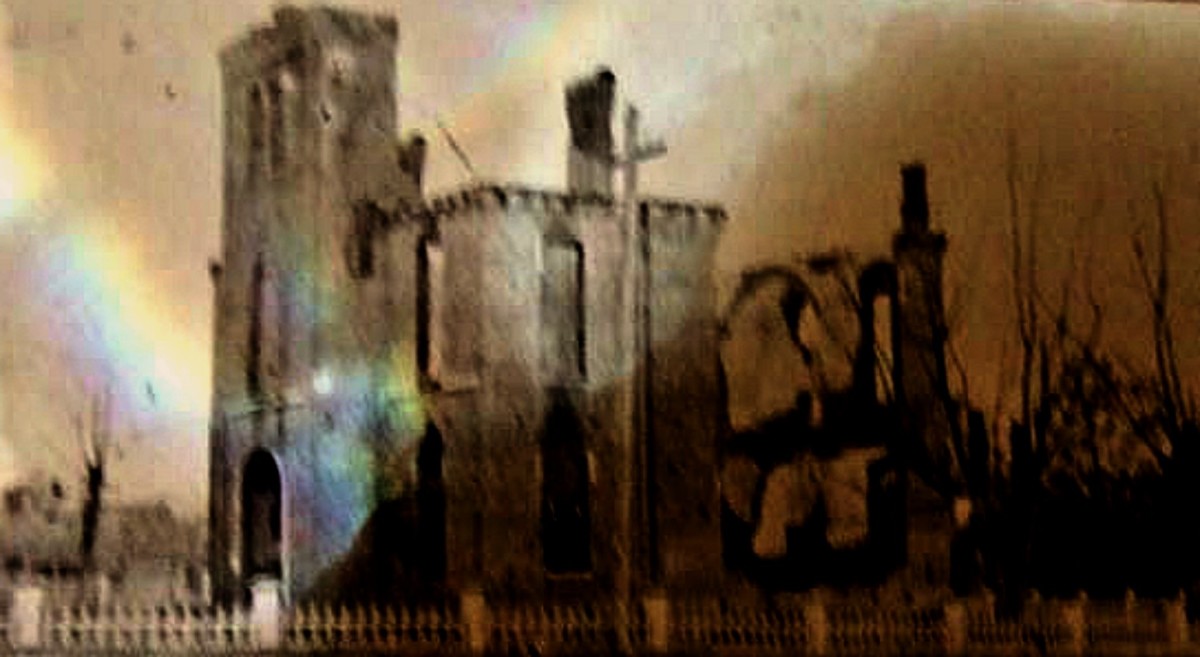The History of the Israeli Nuclear Bomb
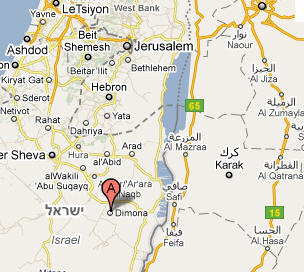
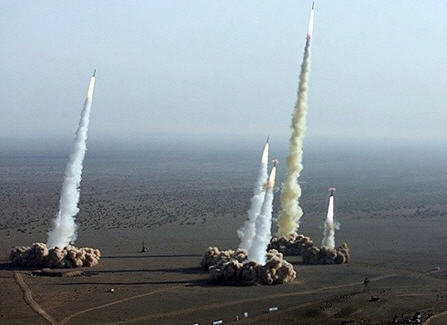
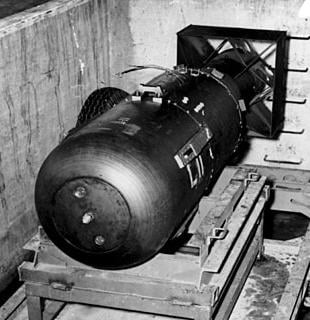
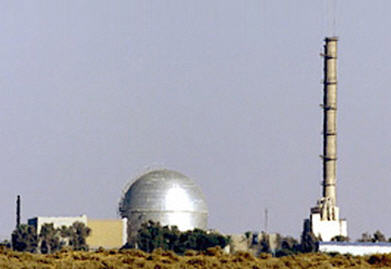
There is a myth about the Israeli nuclear bomb and that is that they had it in 1948 or even in the 1950's. Nothing could be further from the truth. The 50's represent a time when France greatly helped and shared nuclear technology with Israel. Many of France's nuclear tests in the South Pacific also had Israeli scientists there. The Israeli reactor was underground at Dimona, in the Negev desert of southern Israel near Beersheba and was jointly finished in 1958. It was known as a textile plant in public and when US spy planes discovered its presence by early 1959, the US demanded explanation. In 1960, France decided to get out of leave it to Israel. The US forced Israel to reveal it as a nuclear plant for peaceful purposes (much like Iran, today). The US demanded inspections and they started twice a year in 1962.
So, the myth that the US always was with Israel and supplied them with nuclear know-how and plutonium is simply propaganda.
However, like Iran today, Israeli hid portions of the Dimona facility from US inspectors that were used to create the bomb. Israel, in 1965, obtained 200 lbs of highly enriched uranium from a plant in Pennsylvania in a covert manner, unknown to US authorities. While the Dimona facility was in operation, the French did not complete the secret underground facility where plutonium woul dbe processed until the same year. Security at Dimona is strict. In the past, the IDF have shot down civilian aircraft entering the air space over it. France halted sending uranium to Israeli in 1967 and with covert help from Germany, obtained 200 lbs. of "yellow cake".
Israel got most of its uranium from South Africa in the late sixties and by 1967 had its first small nuclear bomb. In the Fall of 1969, it was the US that supplied Israel with nuclear capable delivery systems on the F4E. Now, Israel could fly their tactical nuclear weapons, though few in number. Starting in 1968, Israel was producing 3-5 bombs a year. On the night of October 8, 1973, during the Yom Kippur War, the Israelis assembled 13 twenty-kiloton atomic bombs and were to be used dropped from F-4Es, should the situation continue to get worse. The F-4s were at Tel Nof. Damascus, Syria was among the targets. Luckily, the war changed in Israeli's favor and this never happened.
After 1973, Israel developed the capacity to fire nuclear shells from their long range artillery guns. In 1979, Israel tested its neutron bomb in the South Pacific with South Africa. By 1988, Israel had developed nuclear armed rockets with a range of 5000 km. These were successfully launched in tests. By 1985, Israel had 200 nuclear bombs in its stockpile. By 2000, around 400.






